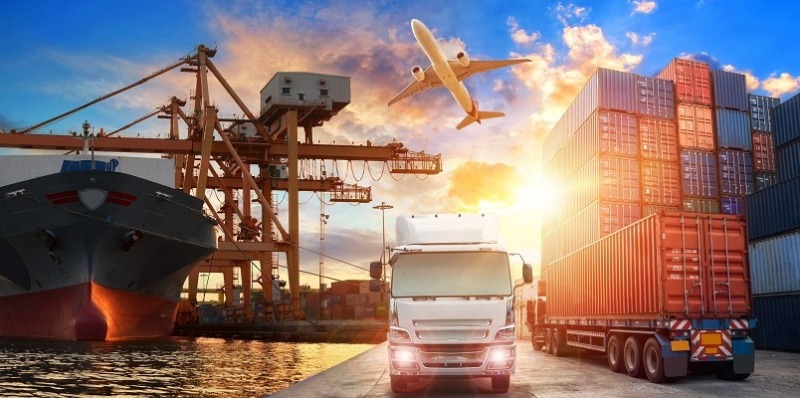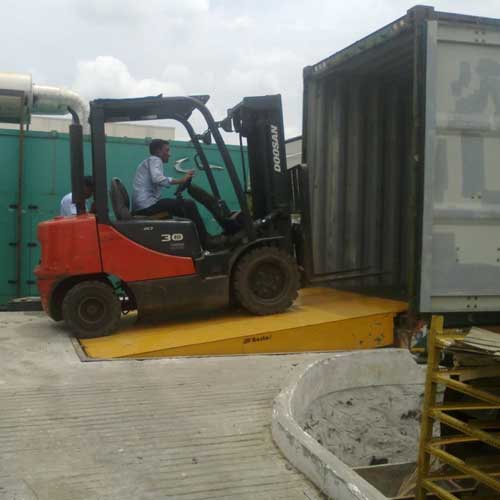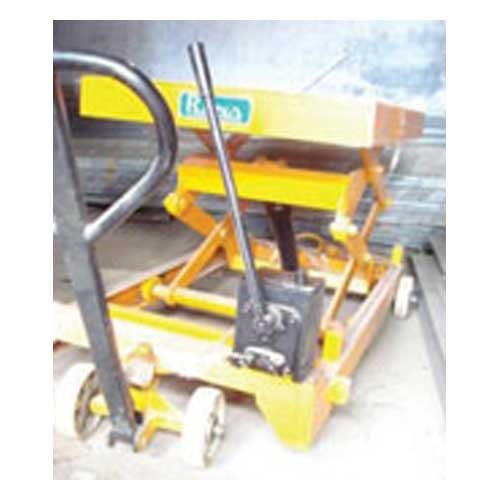Schedule a Call Back
Four logistics trends that can make supply chains cost-effective
 Articles
Articles- Dec 02,20

- Hub and Spoke model: With policies supporting the creation of dedicated logistic parks and the creation of state-of-the-art warehouses that allow ease of efficient distribution, the hub and spoke model is helping manufacturers and exporters cut down on multiple storage and bulk transportation costs. Further, the ease of movement created by the introduction of GST, has helped reduce time and documentation required in interstate/ district transportation, making it more efficient.
- Digital adoption: This is another huge factor that is contributing to reduced operational costs, while enhancing efficiency of supply chain networks. From automation for warehouse management to RFID tags, robotics and life tracking of shipment, single window real time updates etc., logistics and supply chain networks are able to consolidate shipments, reduce documentation, and have a real time update at hand.
- Growth in manufacturing, E-commerce and agriculture: Driven by massive growth in e-commerce, especially during the recent lockdown, the Indian logistic and warehousing sector has transformed rapidly to accommodate the specific demands of the e-retail supply chain. In addition to e-commerce, focus on ‘Make in India’ and rise of local manufacturing, has also enhanced the significance of 3PL and 4PL service providers. In addition to these, the increasing government focus on agriculture and specialised supply chain infrastructure for farm produce, is driving the development of a cost effective and robust storage and transportation infrastructure.
- Consolidation of resources: With the ease of doing business – the most prominent feature brought in by the introduction of GST, manufacturers, exporters and logistics service providers are now able to explore the best business opportunities without being bound by geographical limitations. This has helped to create an evolved ecosystem of smart warehouses, 3PL and 4 PL service providers and specialised supply chain networks to work in holistic and integrated manner, offering manufacturers and exporters a seamless, cost effective and smart service.
Related Stories

Ingersoll Rand aims to double India business in the next 5 years: Sunil Khanduja
In this interview, Sunil Khanduja, MD, Ingersoll Rand India, emphasises that the company is committed to India while supporting the country’s green and digital industrial transformation.
Read more
From oil & gas to hydrogen: The next big opportunity for Indian pipeline sector
India’s pipeline sector is on the brink of a historic transformation as it evolves from supporting oil and gas to becoming the backbone of the hydrogen economy, says Nikhil Mansukhani, MD, Man Ind..
Read more
Make in India in shifting world: Manufacturing for resilience, global leadership
India stands at a defining moment where disruption in global trade, technology, and supply chains offers both risks and opportunities for manufacturing-led growth. Rohit Chandra, Co-Founder & CEO, O..
Read moreRelated Products

Dock Leveller
Besto Material Handling Equipments offers a wide range of dock leveller.

Multi Tire
SCI Storage Solution offers a wide range of multi tire.

Industrial Lifting Equipment
Rana Material Handling Equipments Pvt Ltd offers a wide
range of industrial lifting equipment.















